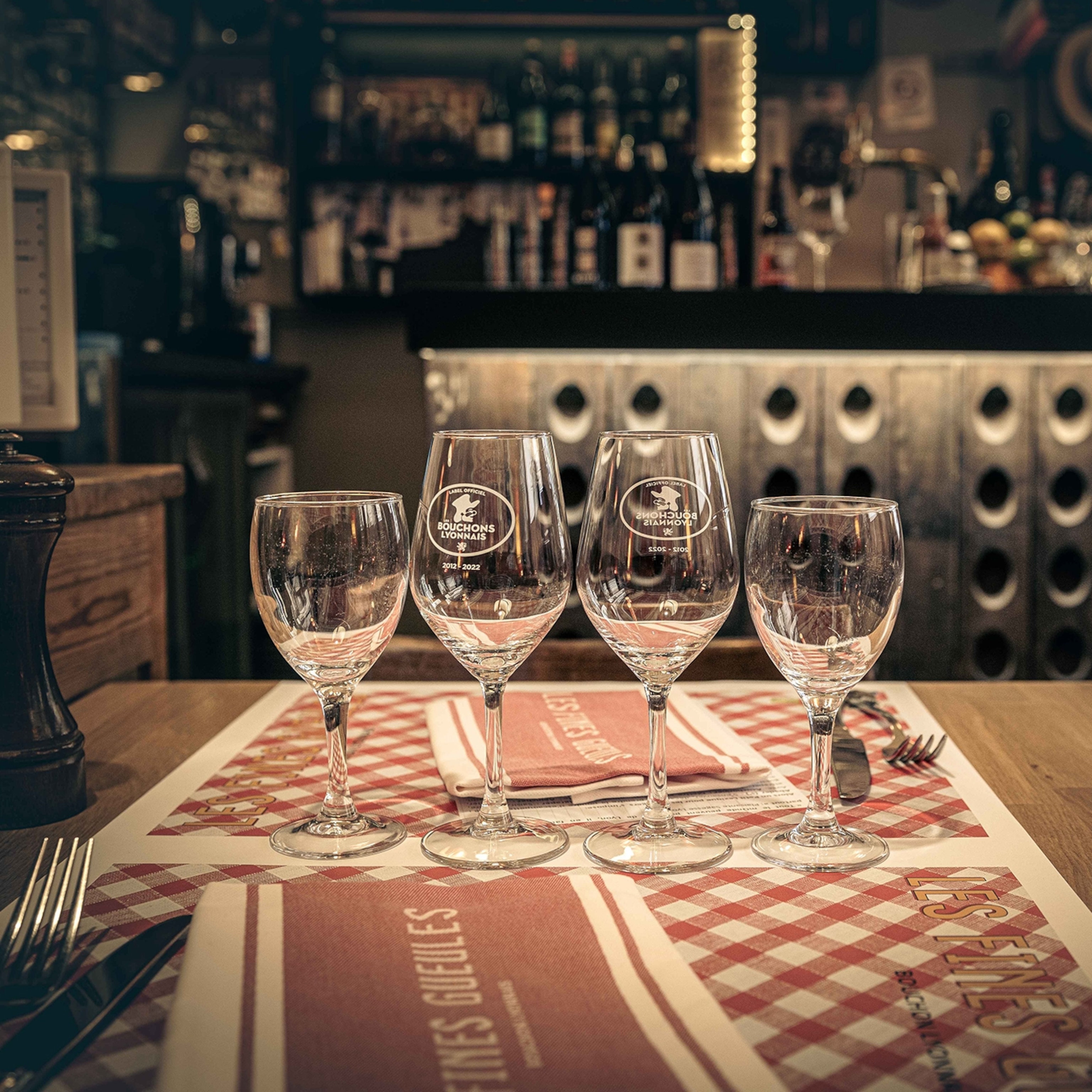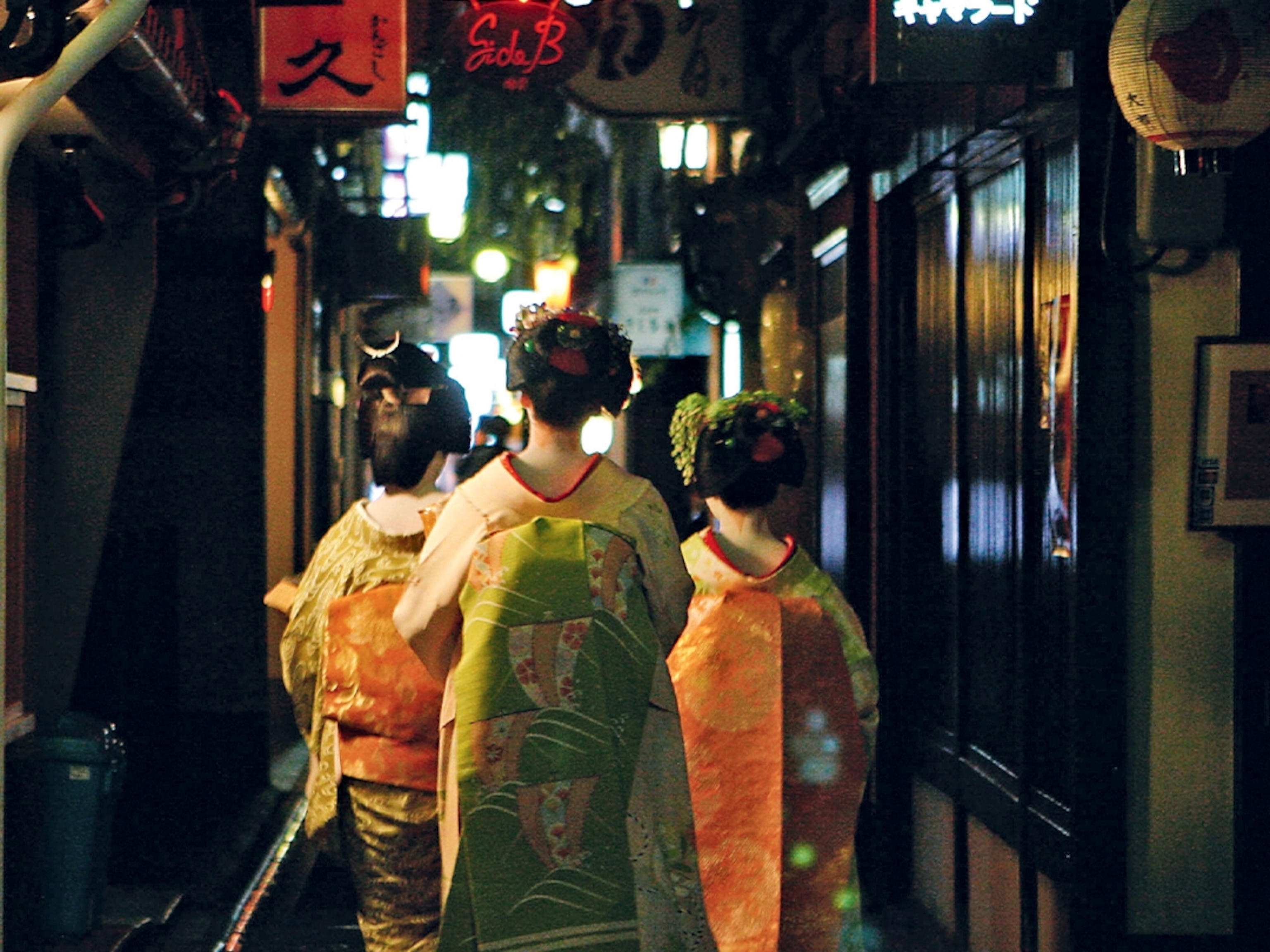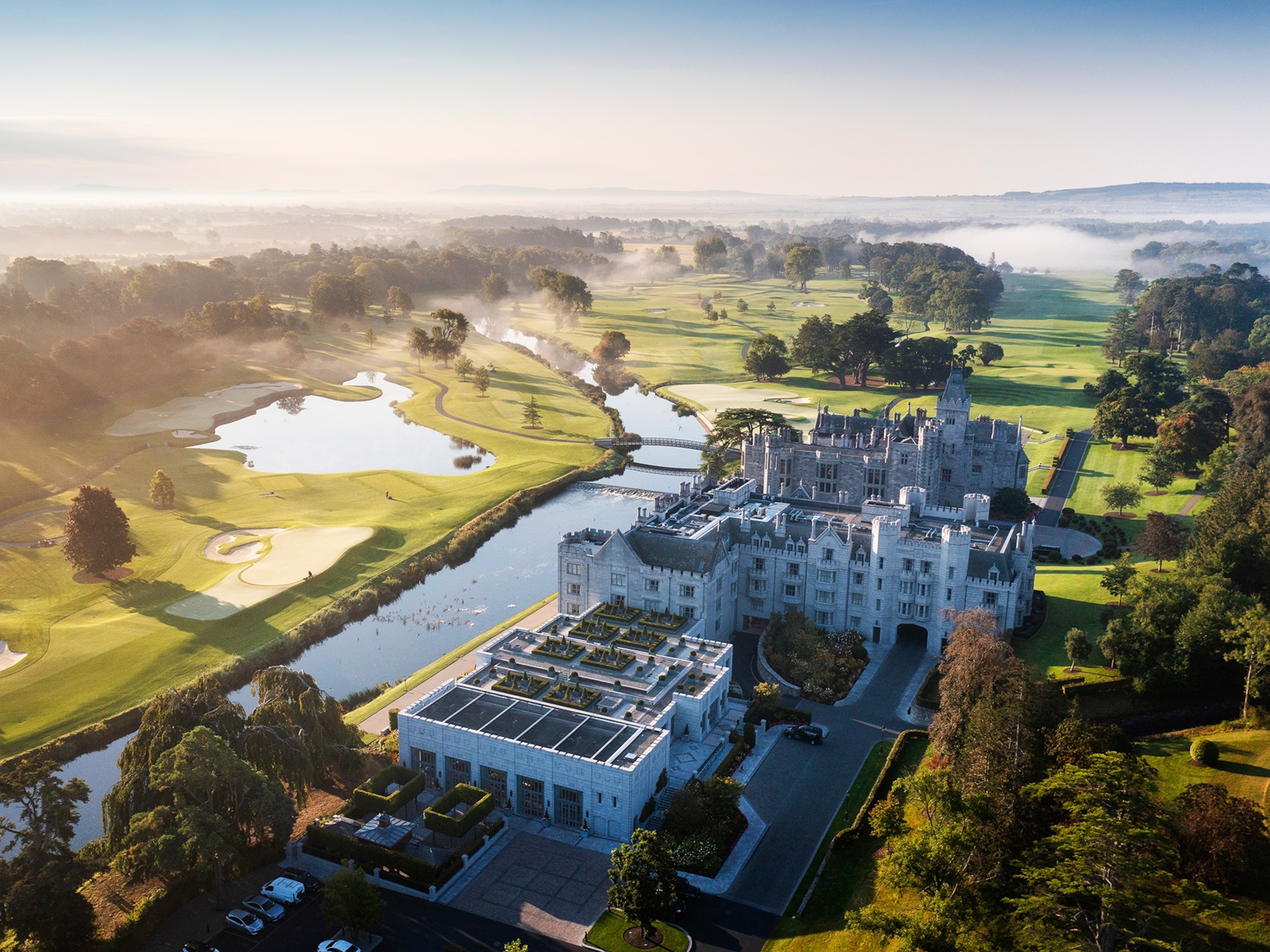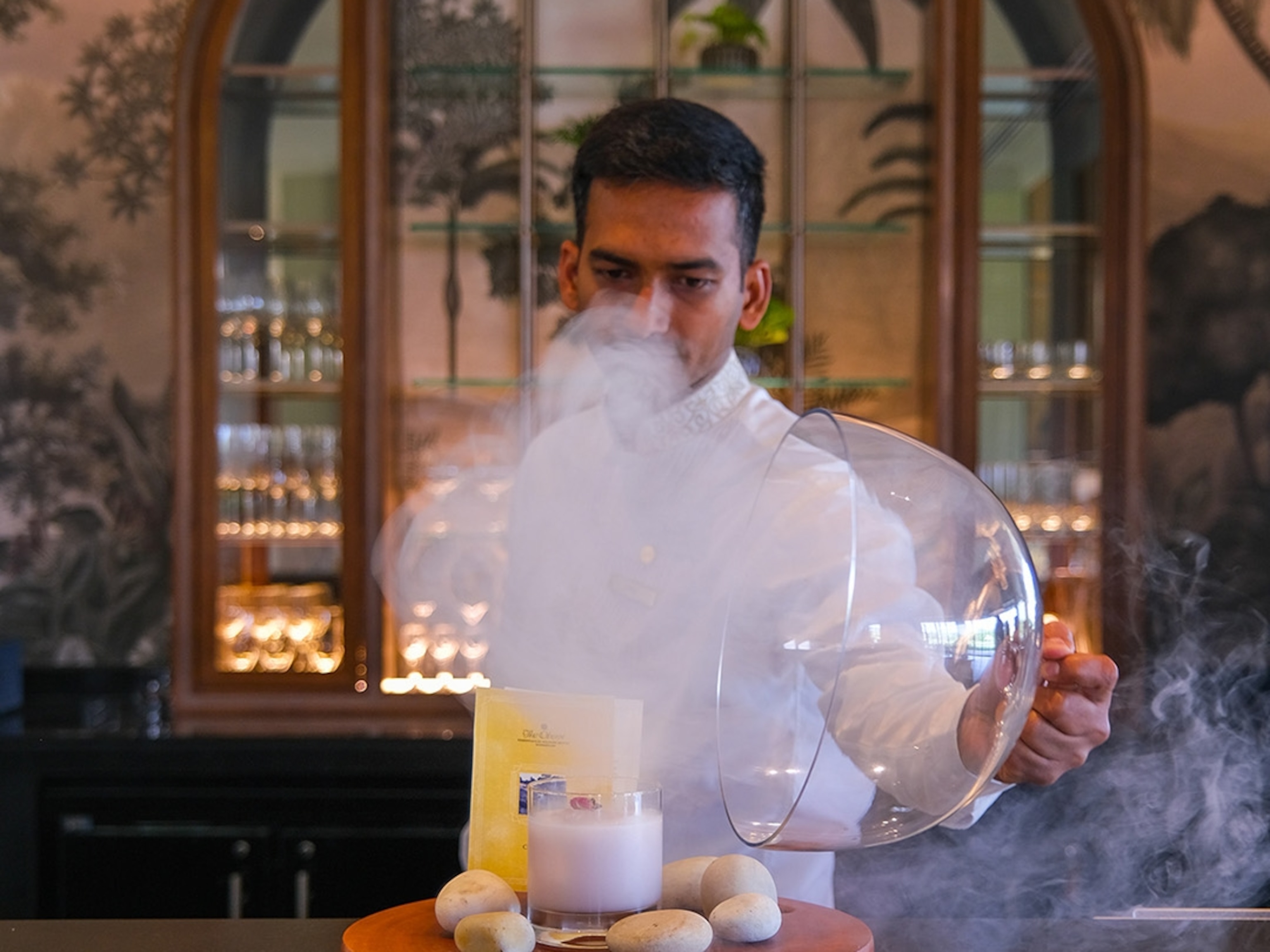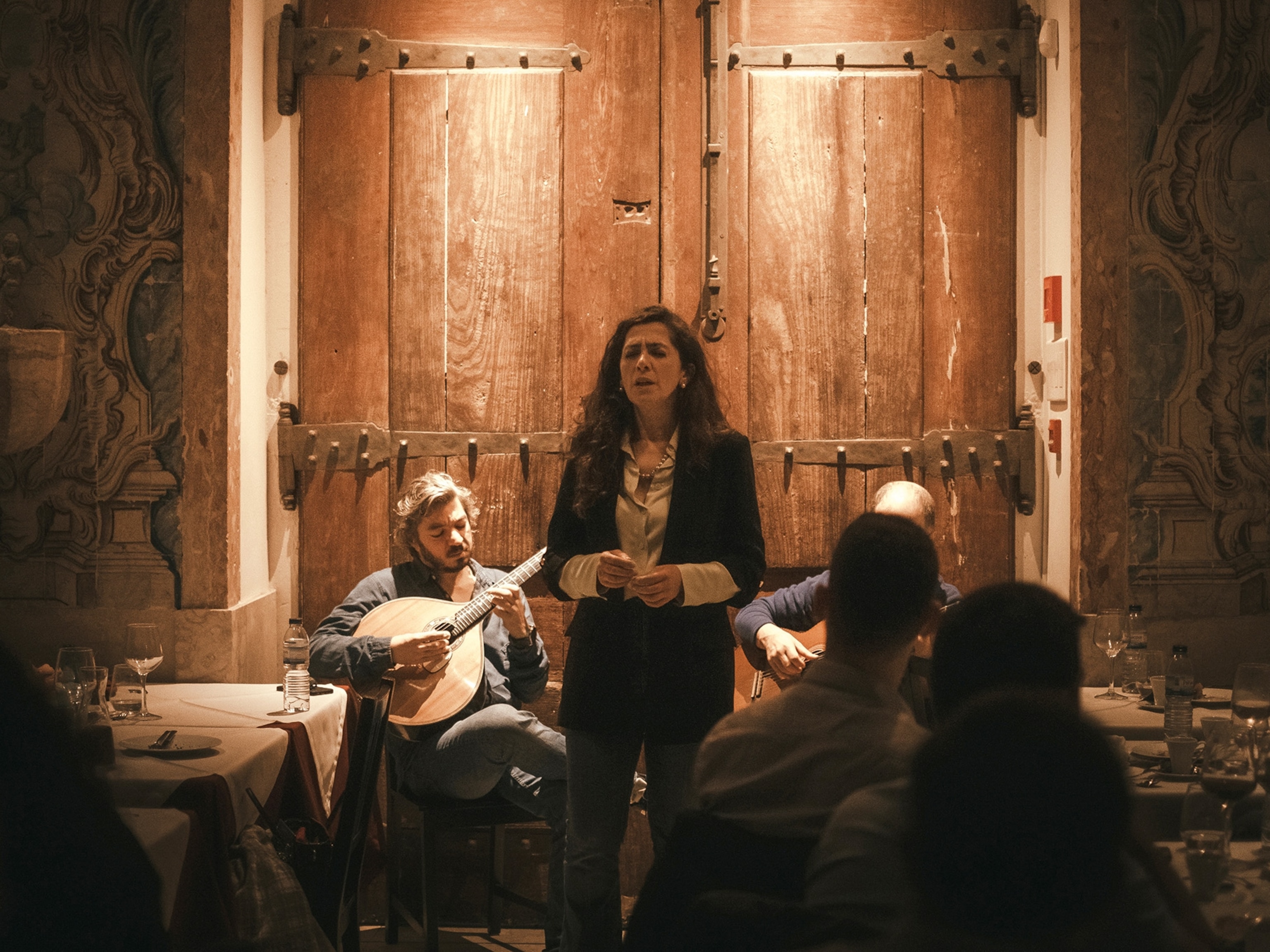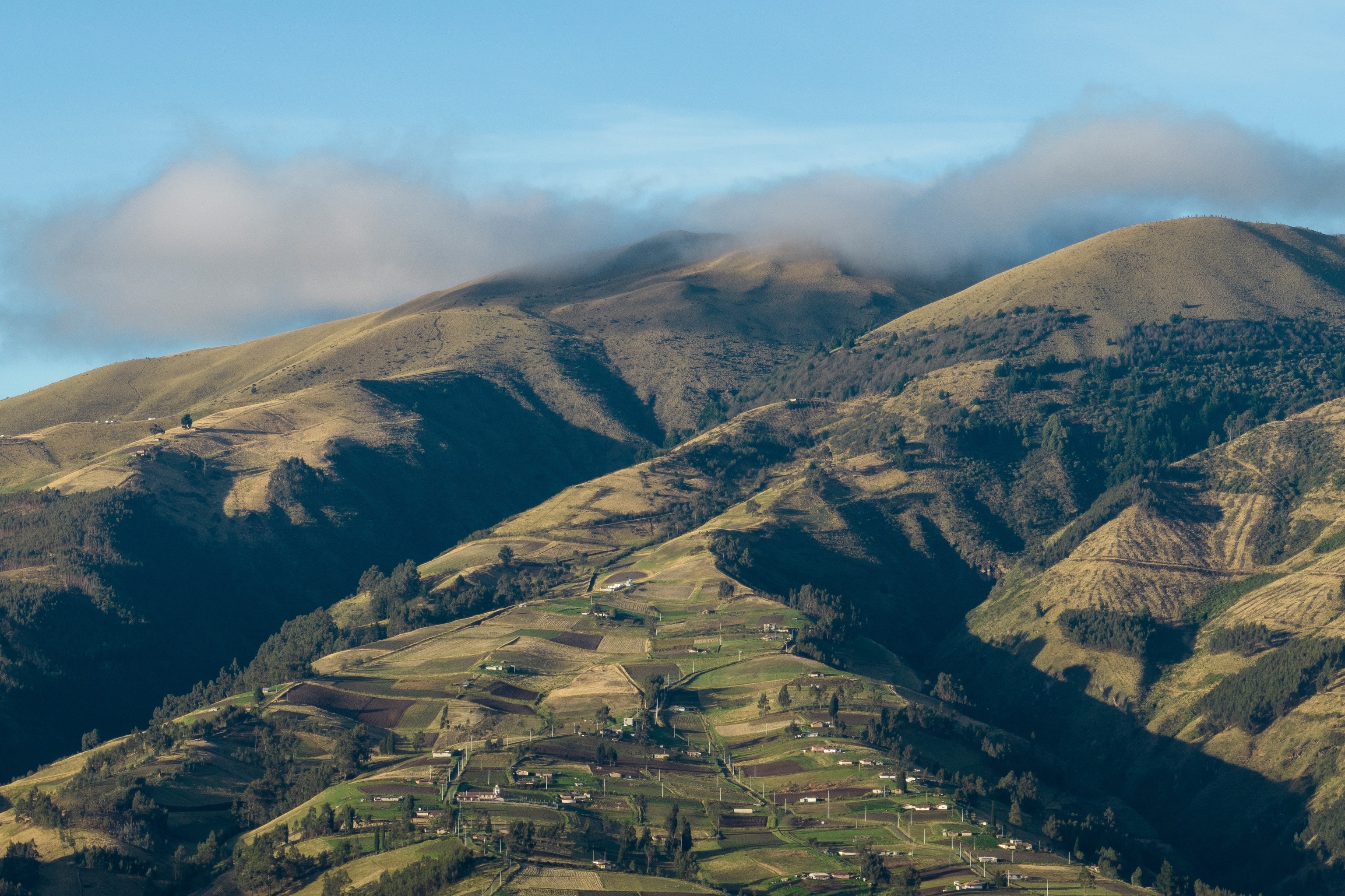
Preserving the age-old traditions of the Zuleteños in the Ecuadorian Andes
Around the grounds of Hacienda Zuleta, the local Andean community works across a range of initiatives to tell the story of their ancestors and celebrate century-old traditions.
“Juyayay!” Echoes whip round the volcano-bound valley, bouncing from one mountain to another; it’s a good 20 seconds before they die away. We’re standing on a pyramid built by the Indigenous Caranqui people, ancestors of Amable Chachalo, who’s my guide for the day. Amable lowers his hands as he turns to me, then smiles. “This area is magical,” he says.
We’re on the grounds of Hacienda Zuleta, an estate that sprawls across 5,000 acres of pastureland and forest in Imbabura Province. The Caranquis lived here, high in the northern foothills of the Andes, from around 700-1500, when they were conquered by the Incas — who, in turn, were conquered by the Spanish just one generation later, in 1534.
The story of Hacienda Zuleta would start two centuries later as a Spanish ranch and textile mill. Since 1898, it has belonged to the Plaza-Lasso family, which has given Ecuador two presidents: Leónidas Plaza and his son, Galo Plaza Lasso. Through all this, descendants of the Caranquis have remained here; around 90% of the hacienda staff live in the surrounding communities.
The homestead is still owned by Galo Plaza’s children and grandchildren, who run it as a hotel. Yet, they retained its roots as a working farm: there’s an organic vegetable garden, a dairy farm with Holsteins cows and a cheese factory producing 14 varieties. Visitors can take part in activities including cycling, horse riding and cooking classes, plus bonfire parties with Andean dancers.
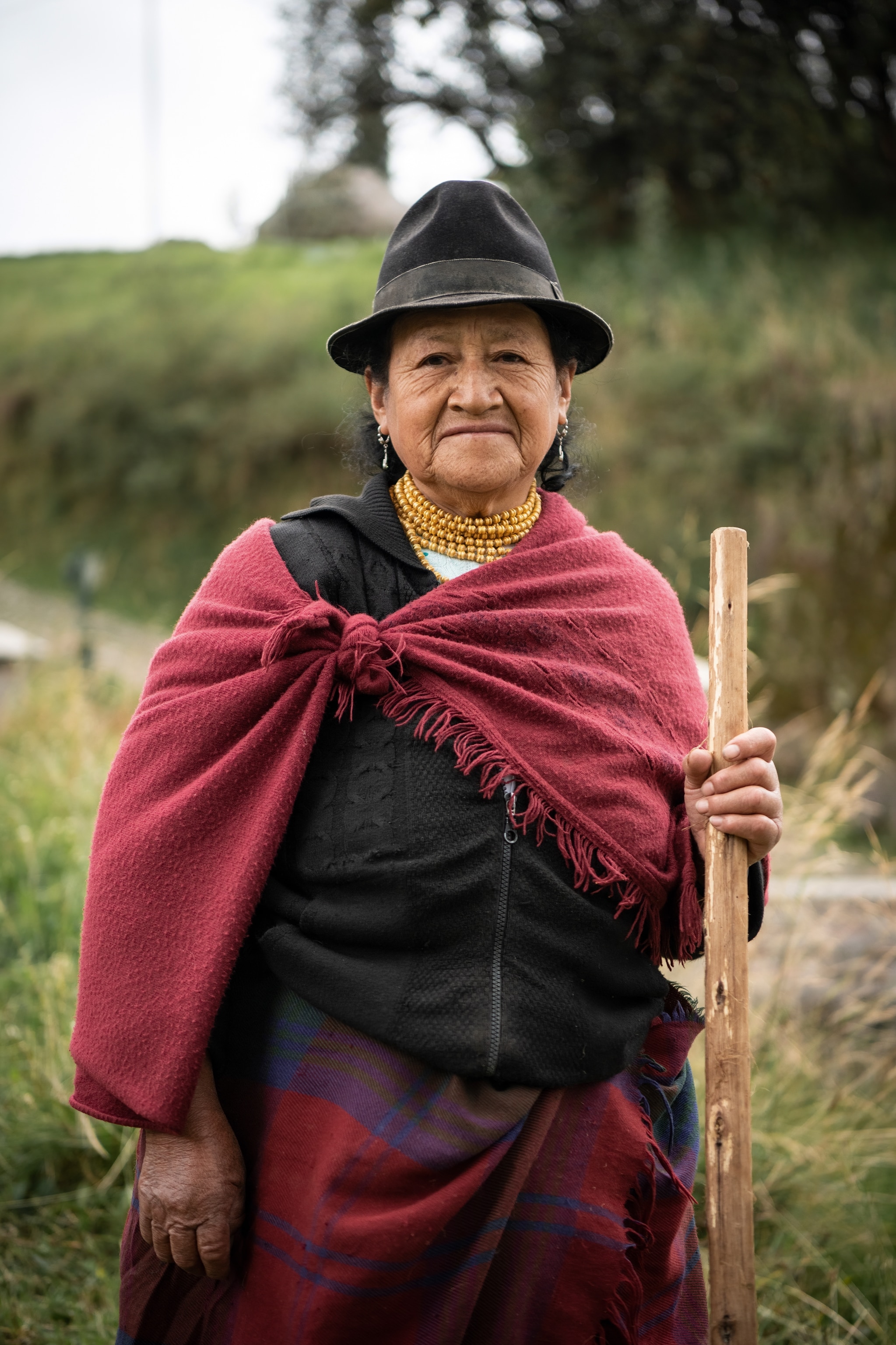
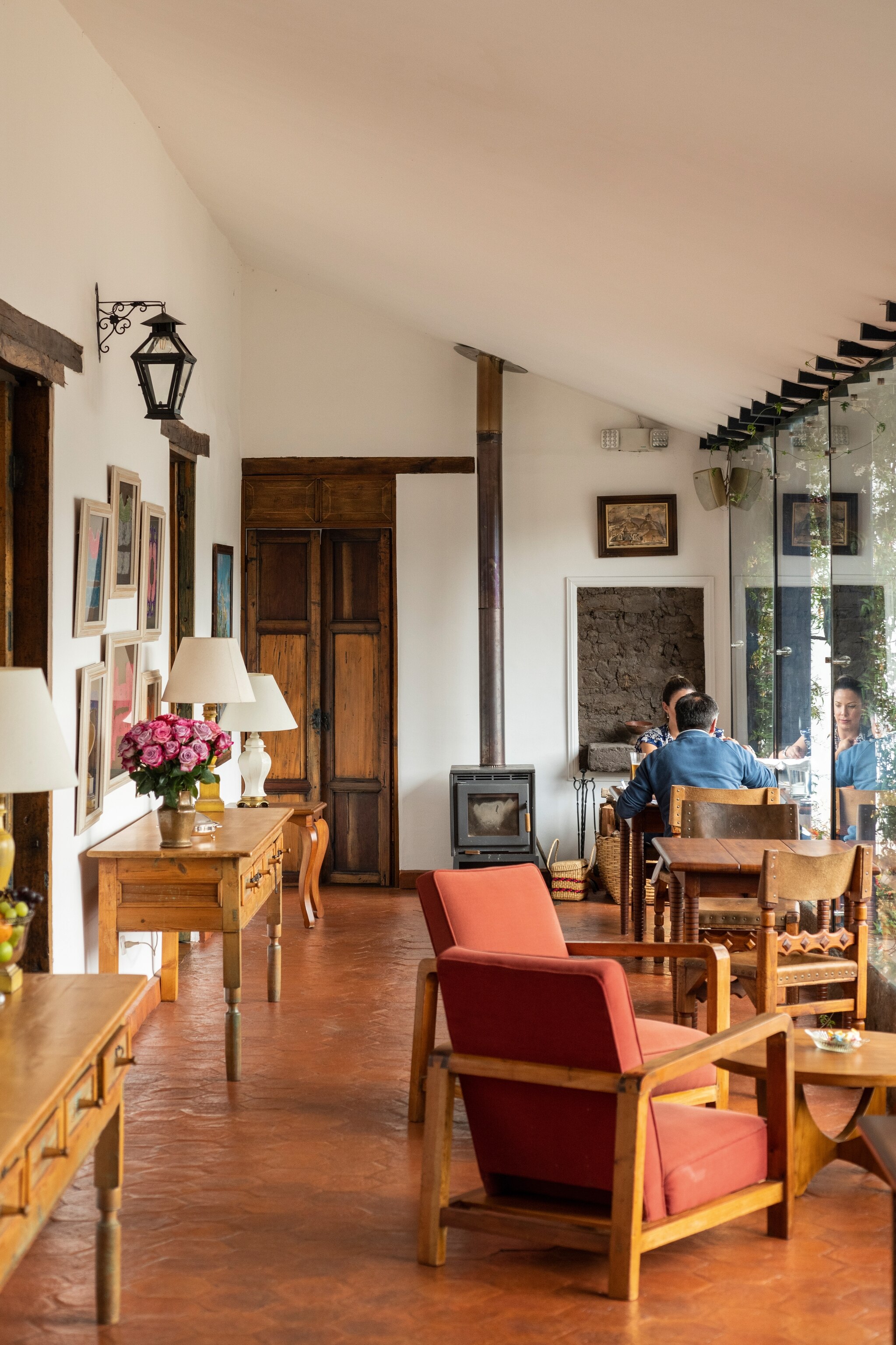
But today, we’re visiting Hacienda Zuleta’s Condor Huasi, which works to increase the number of Andean condors in the region. We clamber down from the pyramid and walk further along the valley to meet Yann Potaufeu, the main biologist on the project, at the aviary. When we arrive, he’s waiting for an egg to hatch. Hardly an easy task: not only are condors monogamous, but they’re also notoriously picky. Even when a match is made, each couple lays just one egg at a time; it took 11 years for the first one to hatch at Condor Huasi. “As you can see from my face, I’m pretty tired,” Yann says.
And once the birds are outside, it’s no easier. Besides having their habitat cleared for farmland, condors are subject to multiple misconceptions, such as the notion that they carry off sheep and children. In Ecuador, there are now only about 150 left in the wild. “Within three years, we lost 15 condors to poisoning and six to hunting,” says Yann. “Before we can let them out, we have to fix what’s happening.” Yann hopes to do this by educating local communities. “We have to fight these stories, but it takes decades.”
A question of legacy
Galo Plaza was known for his land reform policies, which returned substantial tracts of land to ancestral communities and paved the way for a resurgence of indigenous culture in Imbabura. In 1995, his family created the non-governmental, non-profit Galo Plaza Lasso Foundation to continue this legacy of cultural preservation. “As a family, we’ve always been sensitive to community problems,” says Margarita Plaza Pallares, Galo Plaza’s daughter, cradling a glass of wine next to one of the hacienda’s many fireplaces.
As part of the foundation, Margarita’s mother Rosario opened a workshop in the Zuleta area to celebrate the pre-Columbian tradition of embroidery. “When women are entrepreneurs, they make a change in society,” says Margarita. Here, they give lessons to visitors and create crafts to sell in the hacienda’s shop or through their businesses.

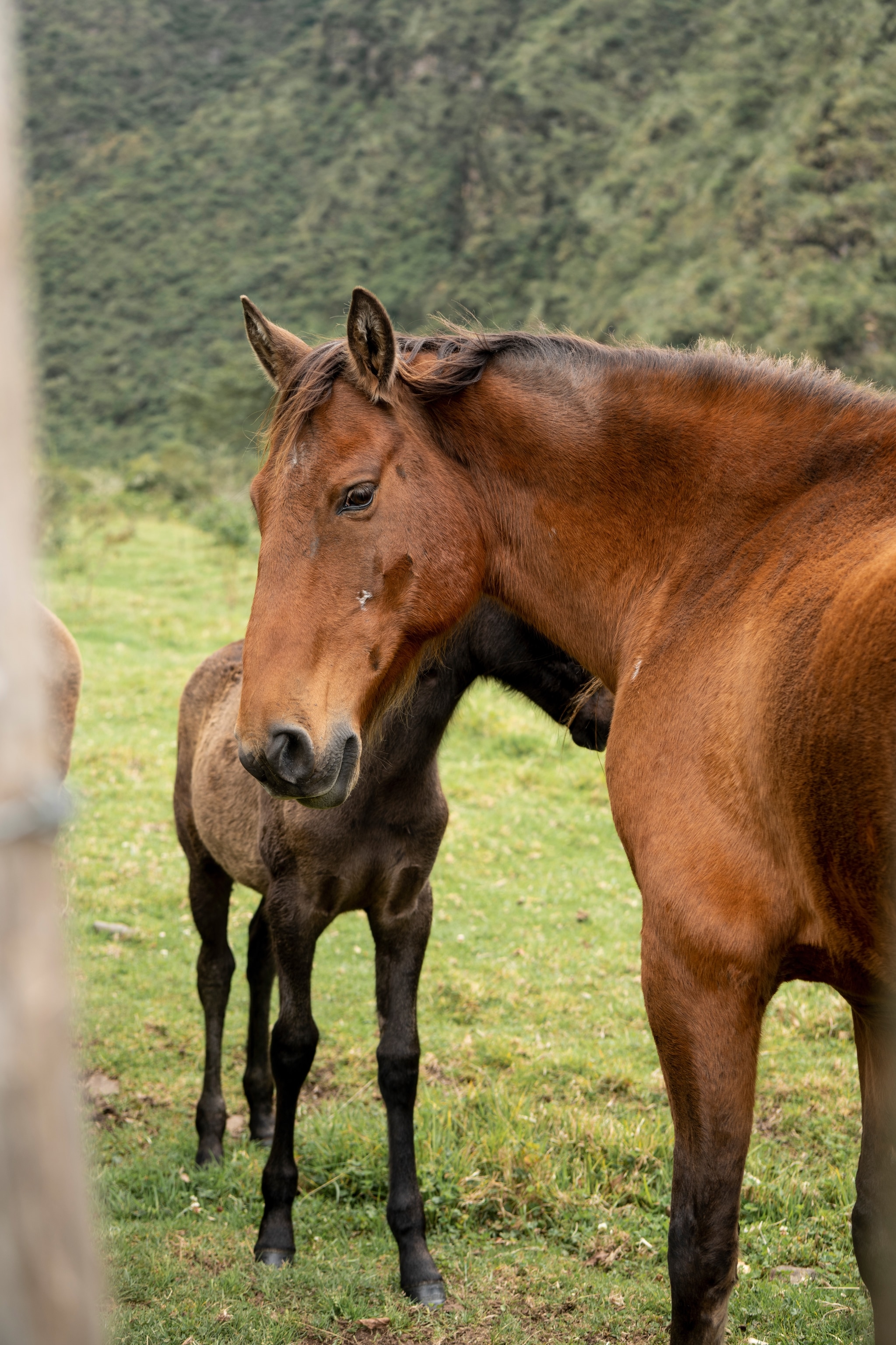
We meet them at the Zuleta community centre, where Indigenous people from the local village — who call themselves Zuleteños, settled here since the time of the Caranquis — gather on weekends and public holidays to sell wares. Hand-stitched goods are spread over stalls, the embroidered birds and vines bursting forth from crisp white cotton. “When I got pregnant, the money I earned from embroidery allowed me to finish my studies,” says Eliana Chicaiza, practically disappearing behind a profusion of embroidered flowers.
The market is a riot of sound and colour. A group from the local Sumak Sisaku dance school flit by in embroidered skirts and blouses, a peacock feather set into each hat, while stallholders hawk knitwear and wood carvings. Amable tells me that rather than buckling during the pandemic, the Zuleta community was reborn. “Many people from Quito came back to start businesses,” he says. “They saw more opportunity here.”
One such entrepreneur is Alexis Rivera, who has collected 35 Ecuadorian herbs into Wasikamak, a spirit he describes as an Andean Jägermeister. “I started this business during the pandemic,” he says, handing me a shot of warming liquor. His stall isn’t a usual fixture of the market — he’s here only for the public holiday — but his drinks are sold in shops around Zuleta. To make Wasikamak, Alexis macerates the herbs in alcohol for six weeks, then ages them for three months in American oak barrels. He claims that one of the ingredients, an Andean herb called sunfo, will help with my altitude sickness, but it makes the market blur instead.
To clear my head, we travel further up into the mountains. We pass women in alpaca-wool skirts, tilling fields; Amable knows each one by name. We stop at the Casa Museo Carangue, a museum of Caranqui culture created and maintained by Amable himself, who ushers me into the adobe hut and closes the door. The sound of the wind fades to a murmur as a shaft of light illuminates the bones of a young Caranqui woman in a glass-topped urn. Amable pulls up a log stool and sits on it. “I started with a dream,” he says.
His dream was to create a homage to the Caranquis who lived in this area — the “common people”, as Amable says. He points at a row of pots that were once his grandmother’s. “When plastic arrived in Ecuador, people stopped using these,” he says, before describing how they were used to make chicha, a fermented corn drink. “I want people to have chicha every day,” he says. “I want to rescue these costumes, these traditions.” He walks over to the far wall and grabs a red wool poncho that belonged to his grandfather. Amable is — by any measure — a short man. But when he dons his grandfather’s poncho, standing in the museum that he created, he appears several inches taller.

Three more cultural experiences
1. Agua Blanca Community
The Manteño people lived in Manabí from the years 800-1500; now, a group of descendants tell their stories at a settlement in Machalilla National Park. There’s an archaeological site, a museum and a market selling souvenirs, plus a modest spa. Visit for a sulphurous full-body wrap using Agua Blanca lagoon mud or a massage with oils from the palo santo ‘holy tree’, once used during Manteño ceremonial rites.
2. Amupakin Community
The Asociación de Mujeres (Midwives’ Association) in Archidona, a town in Napo Province, works to preserve Indigenous Kichwa culture and teach women life skills such as cooking and weaving, as well as providing shelter to victims of domestic violence. You’ll have to be an early riser to witness their fireside ‘energising’ ceremony, where they share guayusa tea and chicha beer.
3. Otavalo Cemetery
Located in the town of Otavalo in Imbabura province, this hillside cemetery is divided into two parts. There are the sombre, stacked graves of the mestizos and the basic — but more festive — white crosses in the Indigenous burial site. Mondays and Thursdays are the official commemoration days, when Otavaleños gather to share meals and songs with the departed and vendors sell flowers. On the Day of the Dead, these celebrations become a full-on party.
Double rooms at Hacienda Zuleta start at £296 per night, with discounts available for long stays or large groups. All excursions and activities, including visits to Condor Huasi and the Zuleta community, can be arranged through the hacienda.
For more information, visit ecuador.travel
Facebook | Instagram | Twitter

